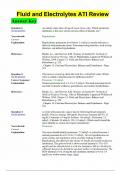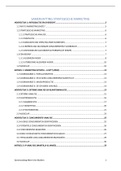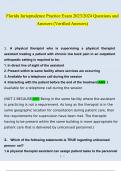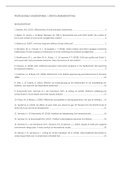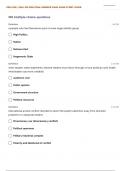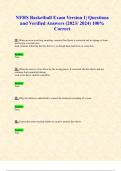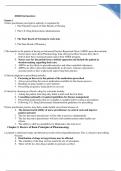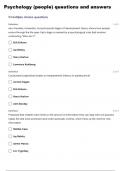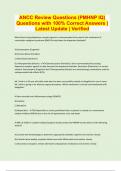Exam (elaborations)
ATI MEDSURG Fluid and Electrolytes Latest REVIEW with detailed questions & answers
- Course
- NURS 303 (NURS303)
- Institution
- Maryville University Of St. Louis
ATI MEDSURG Fluid and Electrolytes Latest REVIEW with detailed questions & answers/ATI MEDSURG Fluid and Electrolytes Latest REVIEW -Question 1: (see full question) An elderly client takes 40 mg of Lasix twice a day. Which electrolyte imbalance is the most serious adverse effect of diuretic us...
[Show more]
